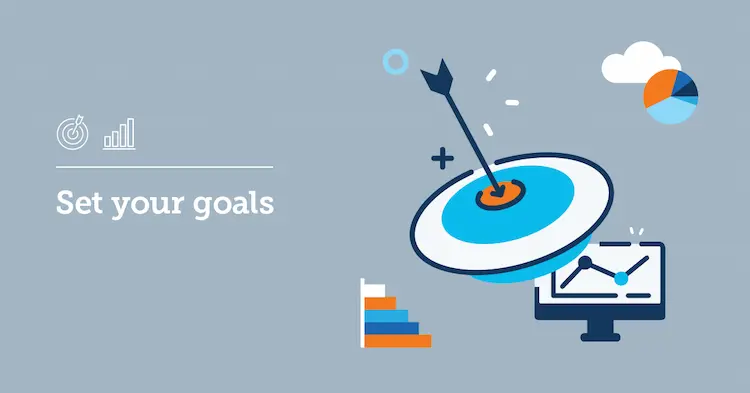Employee productivity is crucial for any business. When employees are productive, they complete tasks efficiently and contribute to the company’s success. One way to boost productivity is through effective performance management.
This article will discuss top performance management strategies that can help improve employee productivity. We’ll also mention how tools like PerformYard Performance Management Software can be useful.
Understanding Performance Management
Performance management is a process where managers and employees work together to plan, monitor, and review an employee’s work objectives and overall contribution to the organization. This process ensures that employees know what is expected of them and helps them improve their performance over time.
Set Clear Goals
One of the most important steps in performance management is setting clear goals. Employees need to know what they are working towards. Goals should be specific, measurable, achievable, relevant, and time-bound (SMART). This helps employees focus their efforts and understand how their work contributes to the company’s success.

Regular Feedback
Regular feedback is essential for improving employee performance. Feedback should be constructive and specific. It helps employees understand what they are doing well and where they need to improve.
Regular feedback can prevent small issues from becoming big problems and keep employees motivated. Leveraging tools like PerformYard performance management software can streamline the feedback process, making it more consistent and impactful.
Use Performance Management Tools
Using performance management tools can streamline the process and make it more effective. Tools like PerformYard can help managers track employee performance, set goals, and provide feedback. These tools make it easier to monitor progress and ensure that employees are on the right track.
Recognize and Reward Good Performance
Recognizing and rewarding good performance is crucial for maintaining high levels of productivity. When employees feel appreciated, they are more likely to be motivated and engaged in their work. Rewards can be monetary, like bonuses or raises, or corporate gifts, or non-monetary, like public recognition or additional responsibilities.
Create a Positive Work Environment
A positive work environment can significantly impact employee productivity. This includes having a supportive culture, good communication, and a healthy work-life balance. Employees are more productive when they feel happy and valued at work.
Encourage Collaboration
Encouraging collaboration among employees can lead to better performance. When employees work together, they can share ideas, solve problems, and support each other. This can lead to more innovative solutions and a more cohesive team.

Monitor Performance Regularly
Regularly monitoring performance helps ensure that employees are meeting their goals and performing well. This can involve regular check-ins, performance reviews, and using performance management tools. By keeping a close eye on performance, managers can address any issues quickly and keep employees on track.
Set Realistic Expectations
Setting realistic expectations is important for maintaining employee morale and productivity. If expectations are too high, employees may feel overwhelmed and stressed. On the other hand, if expectations are too low, employees may become complacent. Finding the right balance is key.
Foster Open Communication
Open communication between managers and employees is essential for effective performance management. Employees should feel comfortable sharing their thoughts and concerns with their managers. This helps build trust and ensures that any issues can be addressed quickly.
Align Individual Goals with Company Goals
Aligning individual goals with company goals helps ensure that everyone is working towards the same objectives. This creates a sense of purpose and helps employees understand how their work contributes to the company’s success.
Use Data to Make Informed Decisions
Using data to make informed decisions can improve performance management. Data can provide insights into employee performance, identify areas for improvement, and help track progress. Tools like PerformYard can help collect and analyze this data.
Encourage Continuous Improvement
Encouraging continuous improvement helps employees stay motivated and engaged. This involves regularly reviewing performance, setting new goals, and providing development opportunities. By continuously striving to improve, employees can achieve higher levels of productivity.
Provide the Right Resources
Providing employees with the right resources is essential for productivity. This includes having the necessary tools, equipment, and training. When employees have what they need to do their jobs effectively, they can perform at their best.
Build a Strong Team
Building a strong team is important for achieving high levels of productivity. This involves hiring the right people, fostering a positive team culture, and encouraging collaboration. A strong team can work together effectively and achieve great results.

Address Performance Issues Promptly
Addressing performance issues promptly helps prevent them from becoming bigger problems. This involves providing constructive feedback, identifying the root cause of the issue, and working with the employee to find a solution. By addressing issues quickly, managers can help employees get back on track.
Conclusion
Boosting employee productivity is essential for any business. By implementing effective performance management strategies, managers can help employees perform at their best. This involves setting clear goals, providing regular feedback, using performance management tools like PerformYard, and investing in employee development.
Recognizing and rewarding good performance, creating a positive work environment, and encouraging collaboration are also important. By following these strategies, businesses can achieve higher levels of productivity and success.